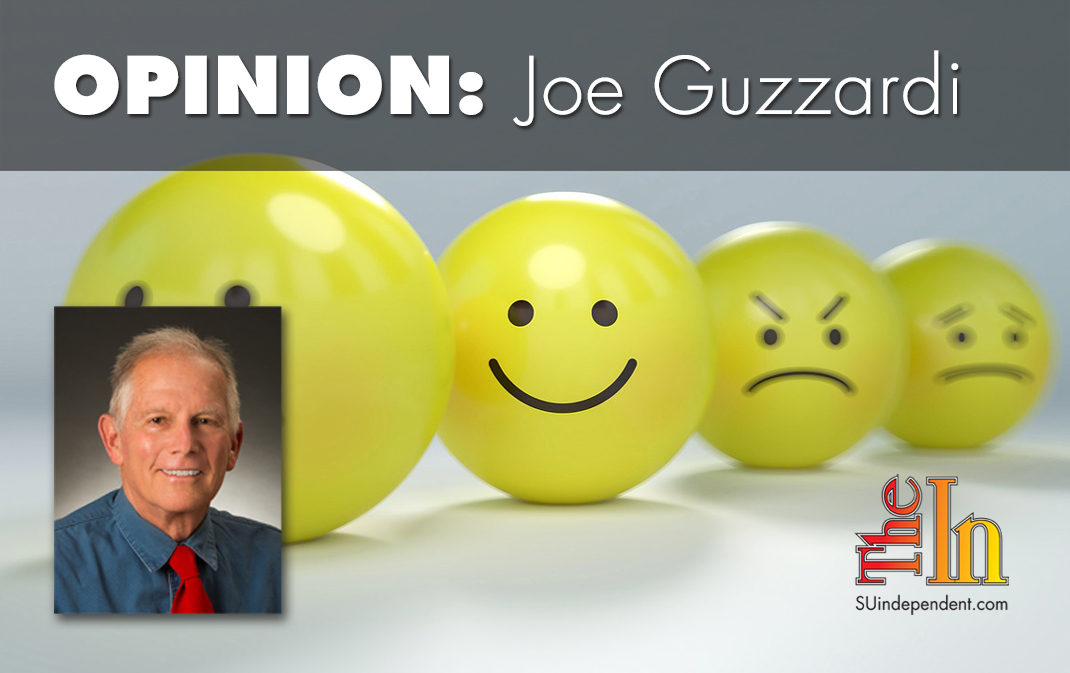
E-Verify finally coming to the Trump Organization
Last week, the Trump Organization, an umbrella group that oversees more than 500 companies still owned by President Donald Trump, announced it would use the federal E-Verify program to confirm the work eligibility status of its new employees. Because of a little-known provision in immigration law that I’ll explain later, the long overdue move may portend the first step in mandatory national E-Verify.
In his statement to the Associated Press, Trump Organization Executive Vice President Eric Trump blamed the lax existing I-9 paperwork system for giving illegal immigrants the opportunity to submit false information on their applications, which in turn gives employers cover when they hire unauthorized workers. The move to E-Verify was prompted in part by the embarrassment caused to the president when it was learned his golf clubs had hired unauthorized workers, and also in part because of intense pressure from his base to do something.
Pilot programs were first introduced in 1996 to verify employee status, and Congress has since failed — for two decades — to pass mandatory E-Verify. Not only does the free online program protect American and lawfully authorized workers from illegal job competition, it’s an effective tool against identity fraud. For Congress not to have passed this program is a disgrace.
A new feature, Self-Lock, allows users to lock their Social Security numbers to prevent unauthorized or fraudulent use within E-Verify. At various times during the last several years, pro-immigration officials and leading daily newspapers have heartily endorsed E-Verify, which has a high satisfaction rate with employers who use the program and with likely voters. The short list of E-Verify fans: current Senate Minority Leader Chuck Schumer, then-Sen. Barack Obama, The New York Times, the Houston Chronicle, and the Des Moines Register.
E-Verify is more effective at protecting jobs and wages than a wall or other physical barriers. A 2017 Federal Reserve Bank of Dallas analysis showed that states that mandate E-Verify experienced wages that were 7 to 9 percent higher for U.S.-born or naturalized low-skilled, prime-age workers while at the same time the average hourly wages of unlawfully present Mexican men fell nearly 8 percent once E-Verify went into effect.
Moreover, compared to physical barriers, E-Verify is an equal, if not superior, deterrent to illegal immigration. Faced with an exorbitant fee for a smuggler to guide him through the desert, a migrant who knows he’ll be E-Verified and therefore unable to get a job is much less likely to come to the U.S.
Among the additional E-Verify benefits are a decrease in deportations and family separations and a leveling of the playing field for honest employers. But despite public demand, law enforcement endorsement and a legion of positive data that prove E-Verify reduces illegal immigration, Congress has consistently bailed on mandatory legislation. In recent years, the House Judiciary Committee passed E-Verify bills, but then-speakers John Boehner and Paul Ryan refused to bring them to the floor for a full vote.
As the 2020 presidential campaign heats up, President Trump has the option, should he decide to exercise it, to mandate E-Verify. Under 8 USC 1324a(d), the President, after advising Congress, has executive order authority to replace the existing and failing I-9 employment verification system with an improved, updated E-Verify version. An executive order requiring E-Verify would doubtlessly be temporarily enjoined, but President Trump could point to his bold decision as a good faith effort on his part to protect American workers.
Let President Trump’s opponents explain to voters why they’re okay with maintaining the flawed, status quo I-9 verification that profits greedy employers and rewards illegal immigrants but against E-Verify that protects American and lawfully present workers.
The viewpoints expressed above are those of the author and do not necessarily reflect those of The Independent.
How to submit an article, guest opinion piece, or letter to the editor to The Independent
Do you have something to say? Want your voice to be heard by thousands of readers? Send The Independent your letter to the editor or guest opinion piece. All submissions will be considered for publication by our editorial staff. If your letter or editorial is accepted, it will run on suindependent.com, and we’ll promote it through all of our social media channels. We may even decide to include it in our monthly print edition. Just follow our simple submission guidelines and make your voice heard:
—Submissions should be between 300 and 1,500 words.
—Submissions must be sent to editor@infowest.com as a .doc, .docx, .txt, or .rtf file.
—The subject line of the email containing your submission should read “Letter to the editor.”
—Attach your name to both the email and the document file (we don’t run anonymous letters).
—If you have a photo or image you’d like us to use and it’s in .jpg format, at least 1200 X 754 pixels large, and your intellectual property (you own the copyright), feel free to attach it as well, though we reserve the right to choose a different image.
—If you are on Twitter and would like a shout-out when your piece or letter is published, include that in your correspondence and we’ll give you a mention at the time of publication.
Articles related to “E-Verify finally coming to the Trump Organization”
E-Verify, an immigration policy conservatives and liberals can get behind



